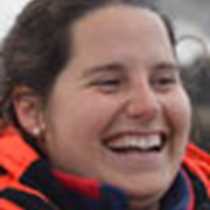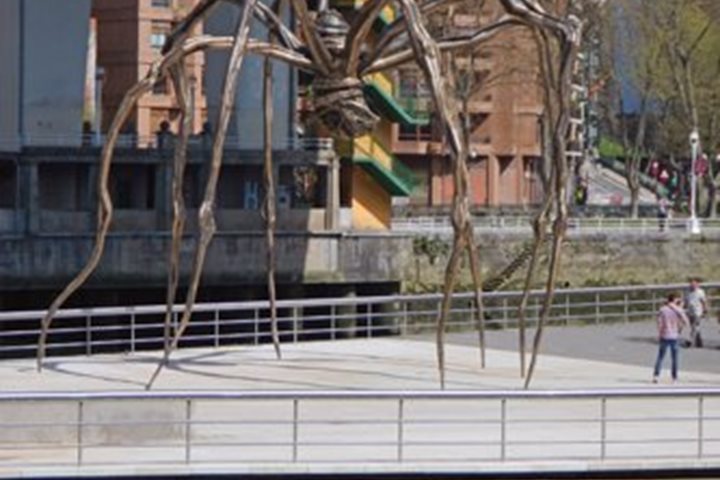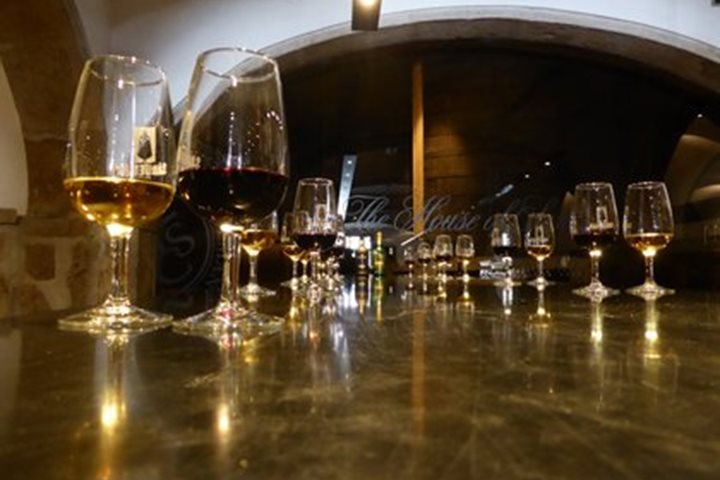Leaving Spain and heading to Portugal we start our visit in the southernmost region, the Algarve. Due to the Moorish conquest of Iberia, the region was called Gharb Al-Andalus; Al-Gharb (الغرب) means "the West", while Al-Andalus is the Arabic name of Muslim Iberia. For several years, the town of Silves was the capital of the region under Moorish rule. In the mid-12th century, during the Reconquista, the Kingdom of Portugal conquered the region in a series of successful military campaigns against the Moors. The "Al-Gharb" became the Kingdom of the Algarve.
Our visit to the Algarve was made special by the many small details at all the visited sites. From the Baroque altarpieces in the chancel in the main church of Monchique, to the picturesque Silves, once the Islamic capital of the Arabs in Algarve.
On the top of the hill, the imposing Silves castle is Roman in origin, but it was the Arabs who built the castle between the eighth and 13th centuries. After walking along the castle wall, we headed down to the 13th century Gothic-style cathedral and then on to the Archaeology Museum, that houses an interesting collection of archeological finds dating from the Paleolithic period right up to Middle Ages, embracing 8,000 years of human settlement in Silves.
The Romans were the first people to settle in Monchique, in search of the curative powers of its waters. From the Islamic period onwards, the town prospered owing to the production of goods such as honey and medronho brandy. We had the privileged to taste local pastries such as torta de amendoa and along our way we stop to see piles of cork pilled from the astonishing centenary cork oak trees (Quercus suber) right next to us, marking the landscape as a unique ecosystem.
Situated away from the coast, Alte is known as one of the most typical and unspoiled villages in Algarve, with very narrow and flowery streets. The village contains Algarve style with whitewashed houses, traditional chimneys, and cobbled alleys. Some exotic liqueur tasting topped off our visit, after a memorable traditional lunch just beside the river in a little rustic taverna.
On our way back to the National Geographic Explorer we passed landscapes planted profusely with olive groves, almond, and carob trees.







